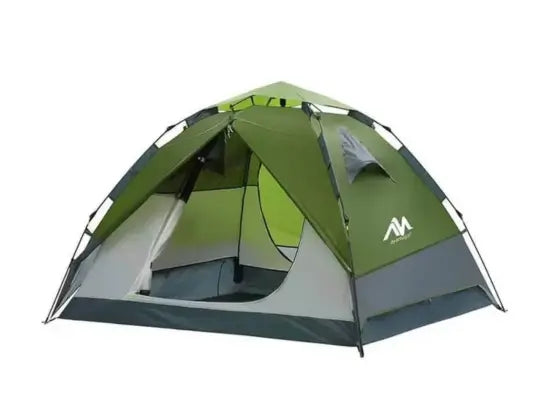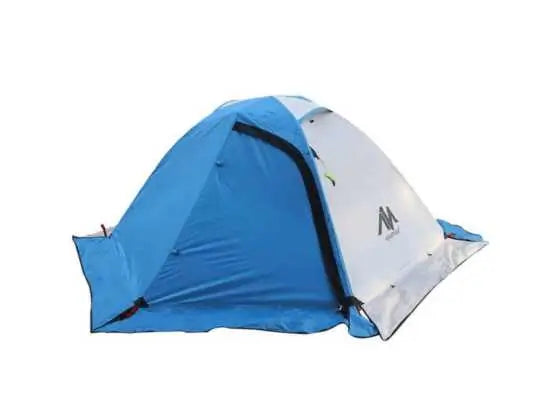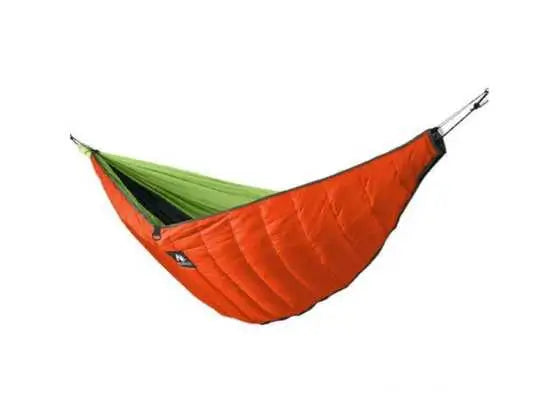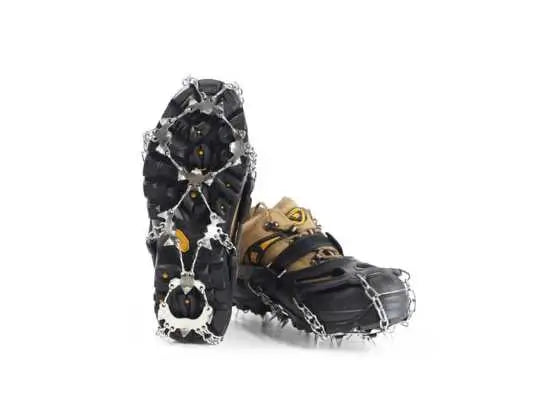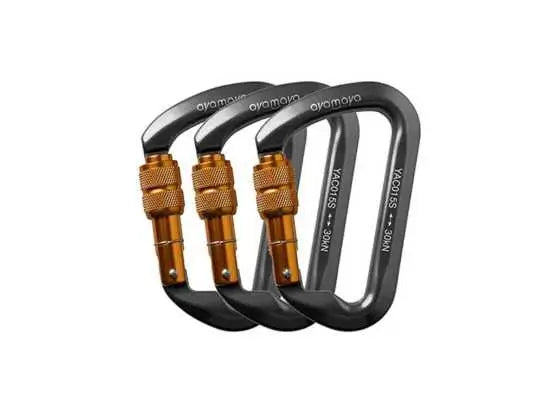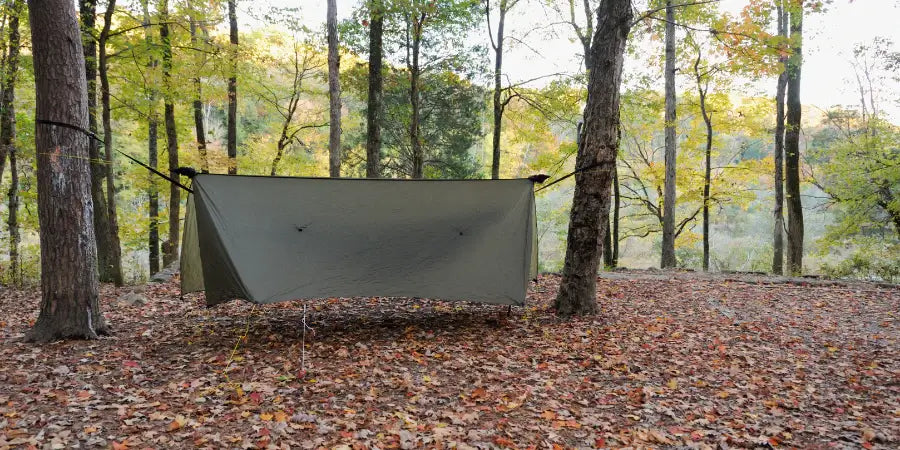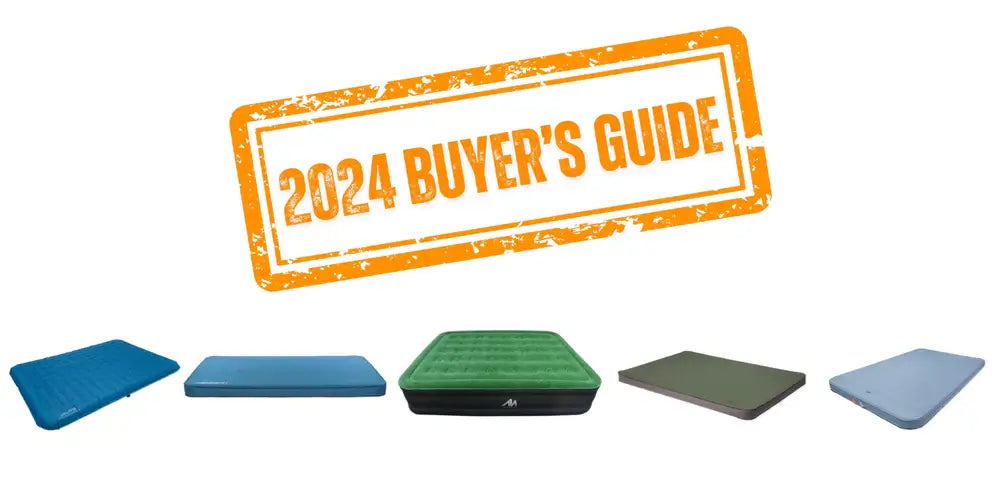If you're wondering what is a footprint for a tent look no further. If you wondering whether your product is a tent footprint or a waterproof tarp. There are a few distinctions to be made. A tent footprint is typically used on the ground. And a sun shade or rain tarp are typically hung and stretched above you or a structure. They are propped up by guying out to trees, ground, or camping poles you may have brought. In this case, our ground sheet can be used as both! Our Ayamaya camping tarp is a durable and lightweight ground cloth that is specifically designed to be placed underneath a tent and above to protect its floor and shelter from various elements. The tent footprint also serves as a waterproof tarp to overhang you or your tent at camp. Some ground sheet footprints can be hung up to perform many functions and many unique uses. The purpose of using a tent tarp footprint is to create an additional layer of defense, safeguarding the tent floor from abrasions, moisture, and punctures, ultimately extending the lifespan of the tent.
When camping, the ground can be rough and abrasive, potentially damaging the tent floor over time. By using a tent tarp footprint, campers provide a protective barrier that absorbs the impact of rocks, sticks, and other sharp objects, preventing them from directly contacting and damaging the tent's floor fabric. This helps to preserve the tent's structural integrity and ensures it remains functional for many camping trips to come.
Moreover, the tent tarp footprint acts as a barrier against moisture. On the other they can also protect you against moisture by being above your tent structure or camping area to give wind and water protection. When camping in damp or rainy conditions, the ground can become saturated with water. Without a footprint, moisture can seep into the tent through the floor, leading to an uncomfortable and potentially unsafe camping experience. The waterproof nature of the tent tarp footprint prevents water from permeating the tent floor, keeping the interior dry and protecting campers and their belongings.
Another significant benefit of using a tent tarp footprint is its ability to defend against punctures. Sharp objects like rocks or twigs can easily puncture the thin floor material of a tent, compromising its integrity and potentially rendering it unusable. The rain fly tarp acts as a sacrificial layer, taking the brunt of these potential punctures and shielding the tent floor from harm. The Ayamaya tent footprints can also be used as a shelter in the time of storm to keep you dry. The waterproof tarps can also be used in tandem, one as a ground sheet and another overhanging your shelter to provide shade from the sun and rain.
Choosing the Right Tent Tarp Footprint
When choosing the right tent footprint for your specific tent model, several essential factors should be considered to ensure optimal performance and protection. Firstly, pay attention to the material of the footprint. Look for durable and waterproof materials, such as reinforced nylon or polyester, that can withstand the rigors of outdoor use and effectively repel moisture.
Next, we want to consider the size of the footprint. It should match the dimensions of your tent's floor or be slightly smaller to prevent water from pooling around the edges. Additionally, a well-fitted footprint will provide better protection against abrasions and sharp objects.
Weight is also a crucial consideration, especially for backpackers and hikers. Opt for a lightweight tent tarp footprint that won't add significant bulk to your gear but still offers sufficient durability.
Moreover, check for extra features on your rain fly tarp that might enhance your camping experience. Some footprints have corner attachments or grommets like ours that help secure them to the ground, preventing shifting during use. Others come with reflective elements that aid visibility in low-light conditions. Through constant use it is possible that the waterproof tarp may lose its waterproof nature. There are many products we can use as we are waterproofing a tarp. This also works with other materials that are water resistant or waterproof. In fact, certain coatings on the market can also work to waterproof canvas tarp. While you can waterproof canvas tarp like other objects, the canvas depending on thickness can turn it into some great heavy duty waterproof tarps.
Alternative uses for tent tarp footprints beyond tent protection
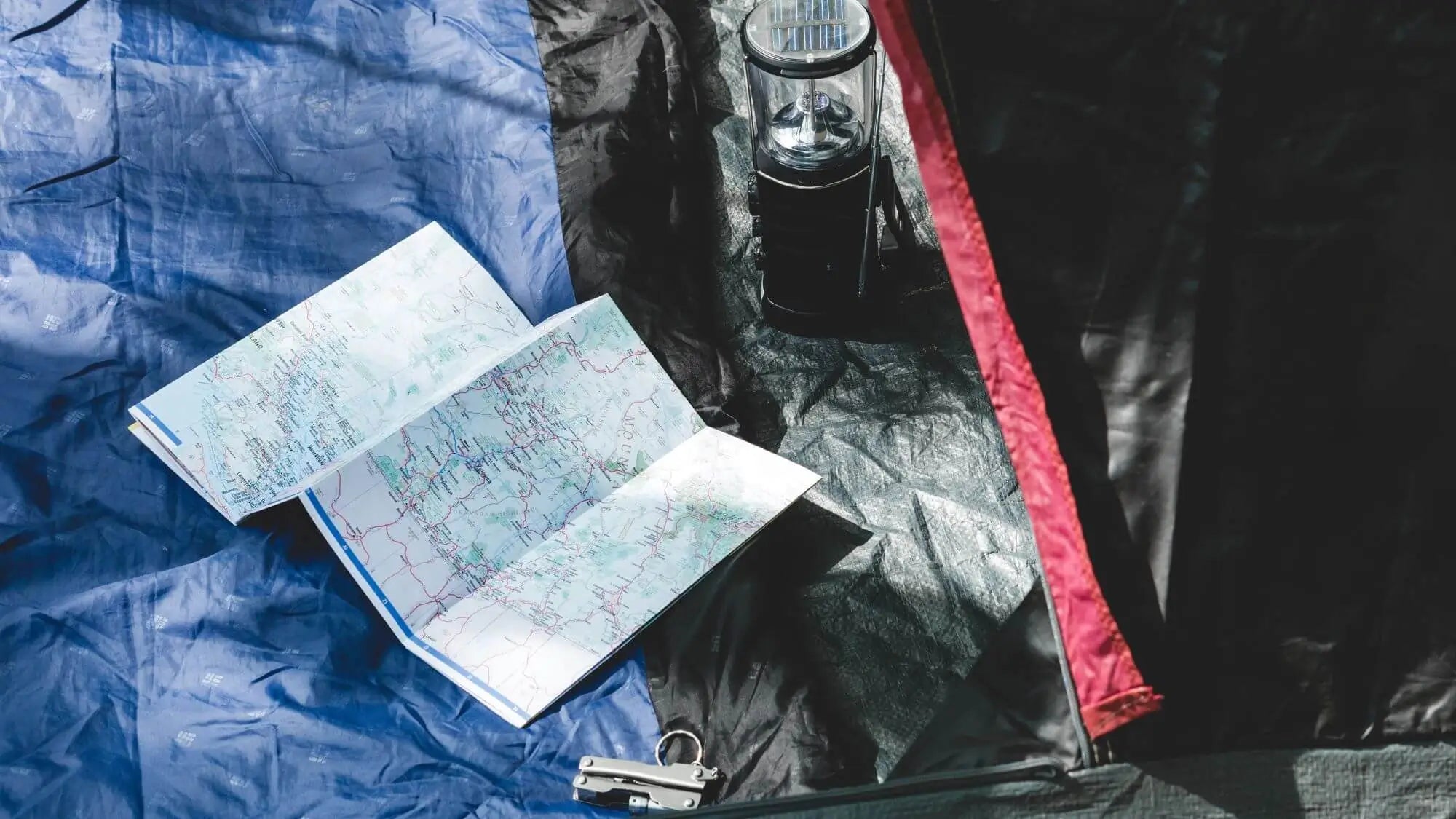
When it comes to outdoor adventures, a tent tarp footprint is often an essential accessory for protecting the floor of your tent from rough terrains and preventing moisture seepage. However, these versatile sheets of fabric have potential uses that extend far beyond safeguarding your shelter. Imagine finding yourself in an unexpected survival situation – that's where the true versatility of tent tarp footprints shines. In times of crisis, they can transform into makeshift emergency shelters, offering protection against the elements and providing a safe haven until help arrives. But the rain fly tarps utility doesn't end there. Picture a leisurely picnic amidst nature's beauty – a tent tarp footprint can easily double as a spacious picnic blanket, providing a clean and comfortable surface for you and your companions to relax and enjoy the surroundings. Moreover, these waterproof tarp footprints can be repurposed as ingenious rainwater collectors, helping you gather and store precious water during unexpected downpours. If we are stuck in a dire situation our rain tarp may provide our only source of water as it gathers condensation depending on the set up. A common situation could be using it as a shelter in the time of storm. As we continue to seek sustainable and resourceful solutions, it's remarkable to realize that a seemingly straightforward camping accessory can evolve into an essential multi-functional tool for various outdoor scenarios. So, next time you're out in the wild, consider the myriad of creative ways your tent tarp footprint can serve you beyond its primary role, making your adventures not only enjoyable but also unexpectedly resourceful.

